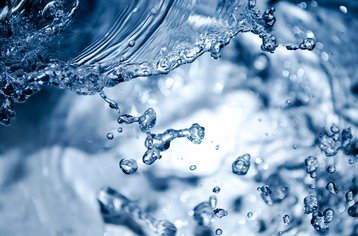Microsoft said that the company consumed 6.4 million cubic meters of water in 2022, primarily for its cloud data centers.
That represents a 34 percent jump over the year before, with generative AI workloads believed to be at least partially to blame.
In its annual environmental sustainability report, Microsoft reiterated its goal to be a water positive company by 2030. As part of that effort, it said that it had invested in six new projects that are expected to replenish more than 15 million cubic meters of water over the next decade.
It also funded projects that provided more than 850,000 people with access to clean water and sanitation solutions, including 163,000 in Brazil, India, Indonesia, and Mexico.
"As our data center business continues to grow, Microsoft is committed to reducing the intensity with which we withdraw from our resources, both water and energy, focusing on being as efficient as possible while balancing the needs for power and water in the regions where we develop," the company said. "All future built data centers will be LEED Gold certified with an emphasis on water and energy conservation."
Microsoft did not share a breakdown of facility water use, or a target water use effectiveness (WUE). But it said: "Data centers in some parts of the world, like Sweden and Finland, operate in naturally cooler environments and require no freshwater for cooling, whereas warmer climates like Phoenix will require water for portions of the year."
The company has also invested in four new air-to-water generators at its Hyderabad campus, each of which has an installed capacity of 500 liters.
"We installed an adiabatic cooling system at our Bengaluru campus, which has reduced our energy consumption, in line with our efforts to make our HVAC systems more efficient," Microsoft said.
At its data centers in Washington, Texas, California, and Singapore, the company uses reclaimed water.
Microsoft did not disclose the reason for its most recent surge in water use, but generative AI workloads require denser server racks and more effective cooling solutions - which can lead to more water consumption.
"Predicting the future growth of energy use and emissions from AI compute in our data centers is difficult," Google's SVP of learning and sustainability Ben Gomes said in the search and cloud company's own environmental report, admitting that AI was making it hard for the company to keep up with its sustainability targets.
In its report, Google said that its data centers consumed 19.5 million cubic meters of water last year, up 20 percent.




